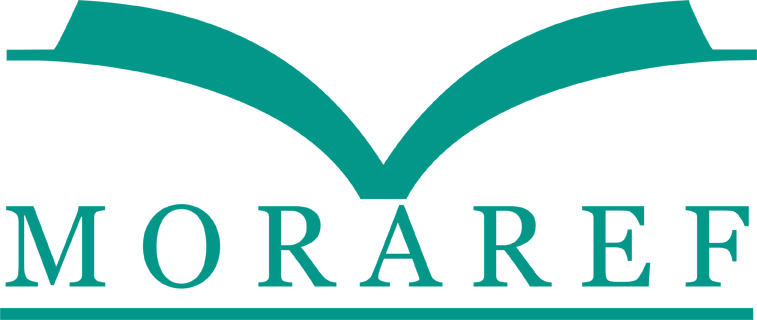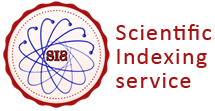Antibacterial Activity Of Toothpaste Formulation Containing Spirulina platensis Extract Against Streptococcus mutans
Abstract
Keywords
Full Text:
PDFReferences
M. Rathee and A. Sapra, “Dental Caries,” in StatPearls, Treasure Island (FL): StatPearls Publishing, 2023, pp. 1–6.
A. Warreth, “Dental Caries and Its Management,” Int J Dent, vol. 2023, no. 2, pp. 1–15, 2023.
F. Poppolo Deus and A. Ouanounou, “Chlorhexidine in Dentistry: Pharmacology, Uses, and Adverse Effects,” Int Dent J, vol. 72, no. 3, pp. 269–277, Jun. 2022.
D. Astika Winahyu, A. Retnaningsih, and S. Koriah, “Test of Antibacterial Activity of Spirulina platensis Extract on The Stabilization of Staphylococcus aureus and Propionibacterium acne eith Diffusion Method,” Jurnal Analisis Farmasi, vol. 5, no. 2, pp. 118–126, 2020.
A. Balasubramaniam et al., “Emerging technologies and potential applications of algae in dentistry – A critical review,” J Biotechnol, vol. 360, pp. 1–10, 2022.
E. W. Feral and F. W. Mandey, “Peningkatan Fertilitas melalui Fortifikasi Senyawa Aktif Spirulina platensis pada Kerang Darah Anadara granosa L,” Jurnal Ilmu Alam dan Lingkungan, vol. 12, no. 2, pp. 1–6, 2021.
I. K. A. Hassan, A. A. Tuama, and K. A. Kareem, “Antibacterial activity of crude extracts of spirulina platensis against some pathogenic bacteria and fungi isolated from different sites on human body,” Indian Journal of Forensic Medicine and Toxicology, vol. 14, no. 1, pp. 621–625, 2020.
A. M. E. Abdel-Moneim et al., “Antioxidant and antimicrobial activities of Spirulina platensis extracts and biogenic selenium nanoparticles against selected pathogenic bacteria and fungi,” Saudi J Biol Sci, vol. 29, no. 2, pp. 1197–1209, Feb. 2022.
N. Hidhayati, N. W. S. Agustini, M. Apriastini, and D. P. A. Diaudin, “Bioactive Compounds from Microalgae Spirulina platensis as Antibacterial Candidates Against Pathogen Bacteria,” Jurnal Kimia Sains dan Aplikasi, vol. 25, no. 2, pp. 41–48, Feb. 2022.
E. Asriani Safitri, A. Fatmawati, and F. Ilmu-Ilmu Kesehatan, “Aktivitas Inhibisi Ekstrak Etanolik Ulva lactuca terhadap Bakteri Staphylococcus aureus,” Pharmeutical Journal of Indonesia, vol. 7, no. 1, pp. 43–48, 2021.
A. H. Henaulu and M. Kaihena, “Potensi Antibakteri Ekstrak Etanol Daun Kecipir (Psophocarpus tetragonolobus (L.) DC) Terhadap Pertumbuhan Escherichia coli dan Staphylococcus aureus In Vitro,” Biofaal Journal, vol. 1, no. 1, pp. 44–54, 2020.
G. E. Alouw and J. S. Lebang, “Antibacterial Activity Test of Ethanol Extraction from Jamaican Cherry Leaves (Muntingia Calabura L.) On Staphylococcus Aureus and Pseudomonas Aeruginosa Bacteria using Well Diffusion Method.,” Pharmacy Medical Journal, vol. 5, no. 1, pp. 36–44, 2022.
N. Hasanah and E. S. Gultom, “Uji Aktivitas Antibakteri Ekstrak Metanol Daun Kirinyuh (Chromolaena Odorata) terhadap Bakteri MDR (Multi Drug Resistant) dengan Metode KLT Bioautografi,” Jurnal Biosains, vol. 6, no. 2, p. 45, Aug. 2020.
P. Zeniusa, M. Ricky Ramadhian, S. Hamidi Nasution, and N. Karima, “Uji Daya Hambat Ekstrak Etanol Teh Hijau Terhadap Escherichia coli Secara In Vitro Majority,” Majortiy, vol. 8, no. 2, pp. 136–143, 2019.
S. Amanda Rizki, M. Latief, and H. Rahman, “Uji Aktivitas Antibakteri Ekstrak N-heksan, Etil asetat, dan Etanol Daun Durian (Durio zibethinus Linn.) terhadap Bakteri Propionibacterium acnes dan Staphylococcus epidermidis.,” Jambi Medical Journal, vol. 10, no. 3, pp. 442–457, 2022.
Fitrianti, L. Soesanto, E. Mugiastuti, M. W. R. Sastyawan, and A. Manan, “Aplikasi Metabolit Sekunder dari Tiga Isolat Pseudomonas fluorescens untuk Mengendalikan Penyakit Antraknosa pada Daun Kakao,” E-Journal Menara Perkebunan, vol. 90, no. 1, pp. 23–31, Apr. 2022.
DOI: https://doi.org/10.31983/jkg.v11i1.11296
Article Metrics
Refbacks
- There are currently no refbacks.
| View My Stats |











.png)


.png)
.png)








